Bologna is the capital of the Emilia-Romagna region in northern Italy and lies between Venice and Florence.
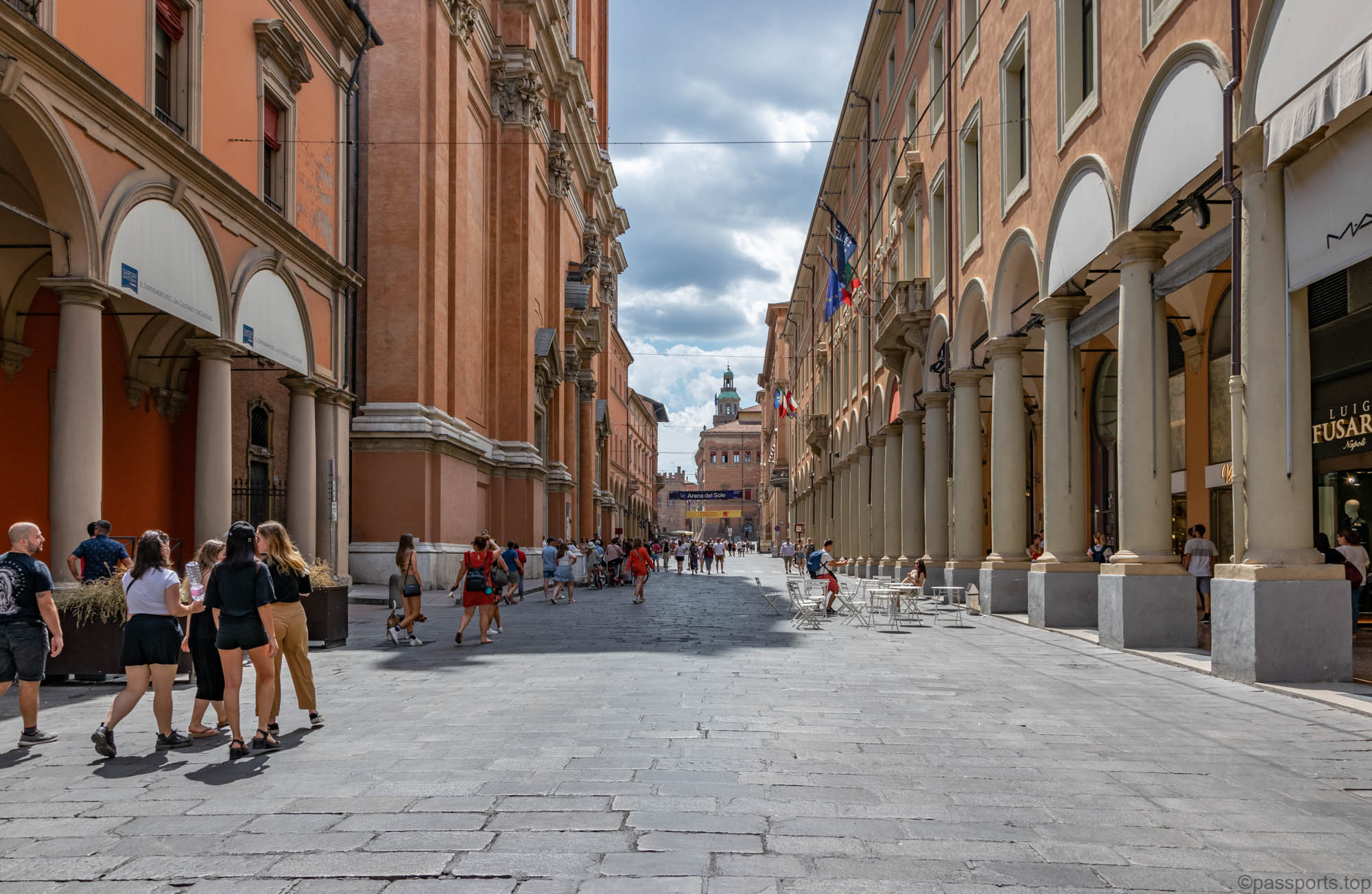
Throughout history, Bologna has been an important cultural and economic center of the country. Additionally, due to its location, the city also serves as a major transportation hub.

Known for the oldest university in Europe (Alma Mater Studiorum – Università di Bologna, founded in 1088) and having a rich history, Bologna offers a diversity of cultural attractions.
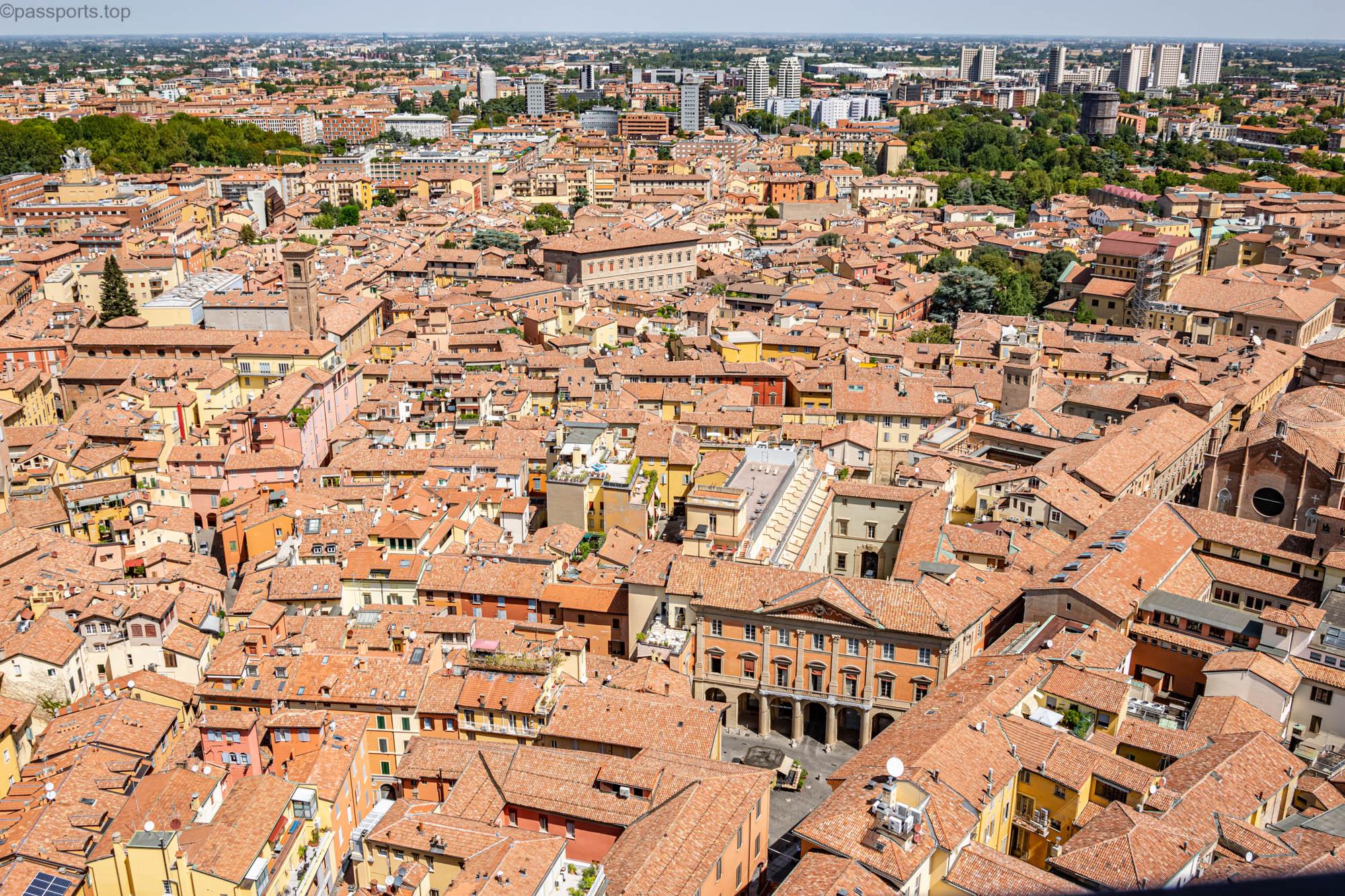
The medieval buildings with terracotta roofs give the town its nickname, La Rossa. At the same time, Bologna is recognized as the gastronomic capital of the country, famous for its excellent products such as Prosciutto di Parma, Parmigiano-Reggiano and Mortadella.

We stayed two days in Bologna, but if you are on a run and want to visit only the important sights, a day trip is enough.

We arrived around 10 o’clock. As I wrote in the previous article, we took the train from Venice to Bologna. The trip took an hour and a half and we paid 22€/person.

We checked in, after which we started for the old center. The first stop was in Piazza Maggiore – the main square of the city.

Piazza Maggiore is lined with old medieval buildings, including the main cathedral (Basilica di San Petronio), Palazzo d’Accursio, Palazzo dei Notai, Palazzo del Podestà and Palazzo dei Banchi.

Piazza Maggiore has been the center of the city’s political and social life since the 13th century, when the square and the buildings around it began to be built. It is one of the largest and oldest markets in Italy.

Catedral di San Petronio is the main church in Bologna and dominates Piazza Maggiore. It is dedicated to Saint Petronius, the patron saint of the city.
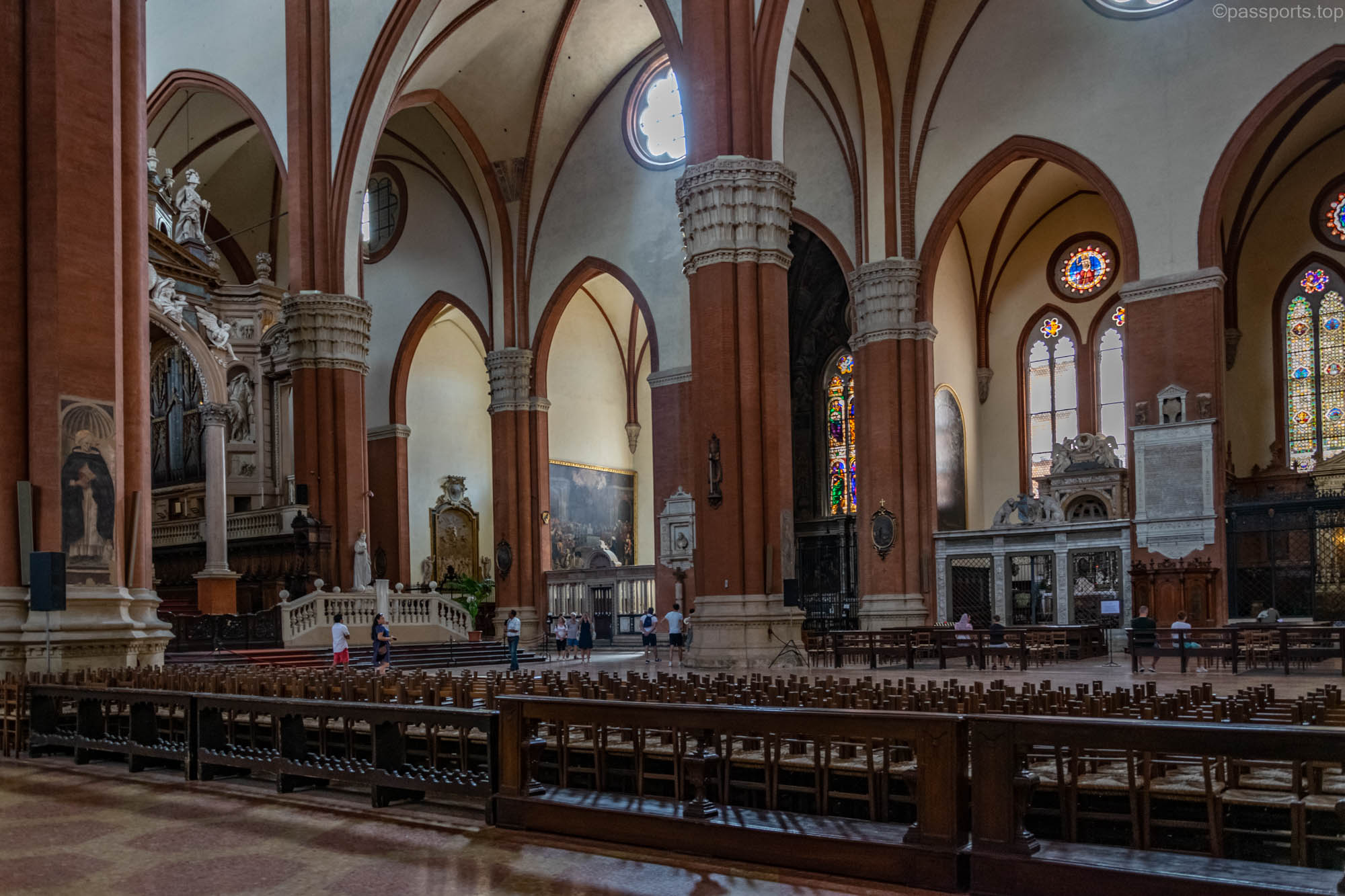
This immense structure is the tenth largest church in the world by volume. It has a Gothic design and is notable both for its size and for its unfinished front facade. The church can be visited for free.
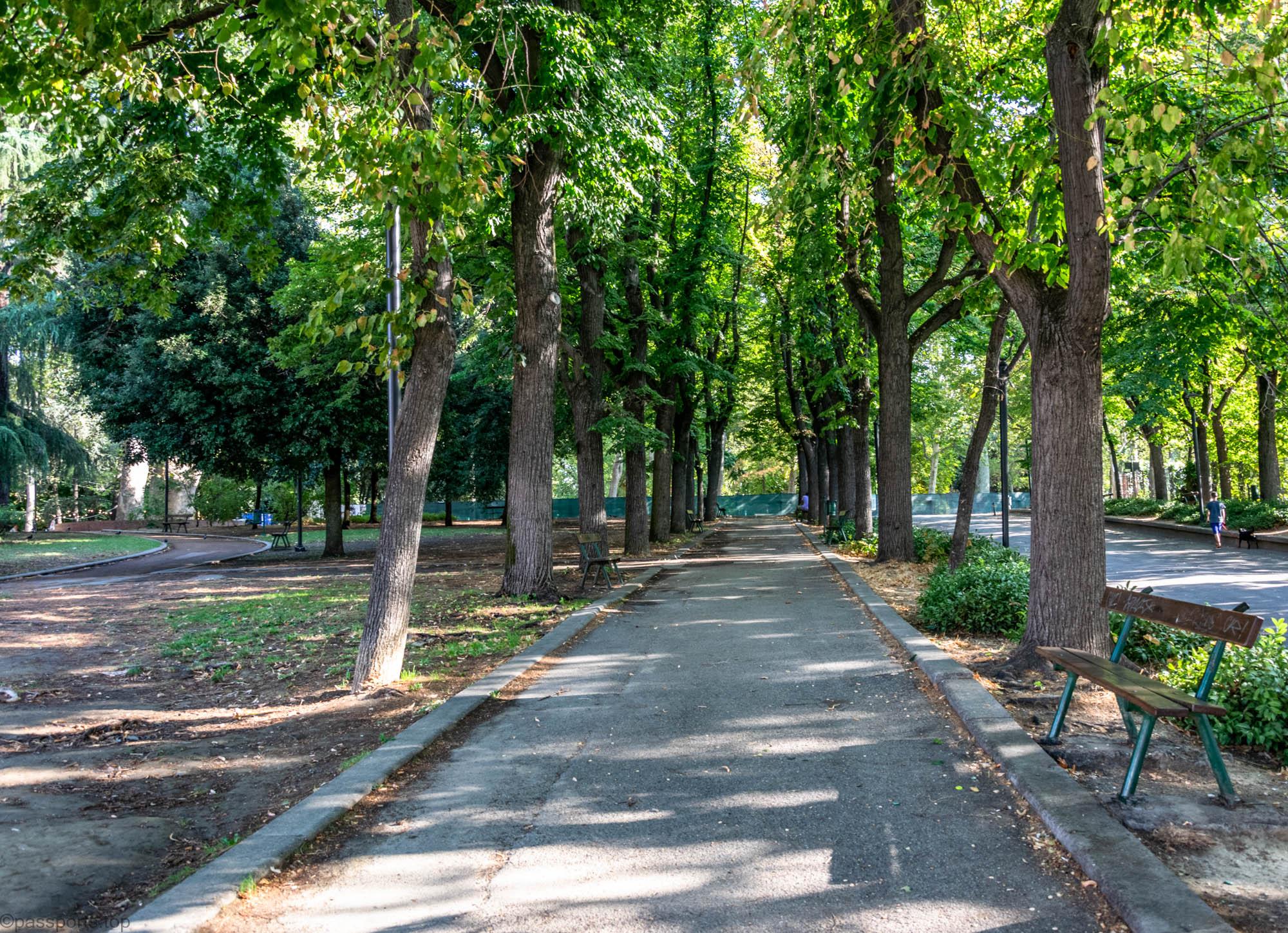
Parco della Montagnola is the city’s oldest park, open to the public since 1664.

At the entrance from Via dell’Indipendenza are the monumental stairs that were built in 1896, decorated with sculptures inspired by the city’s history.
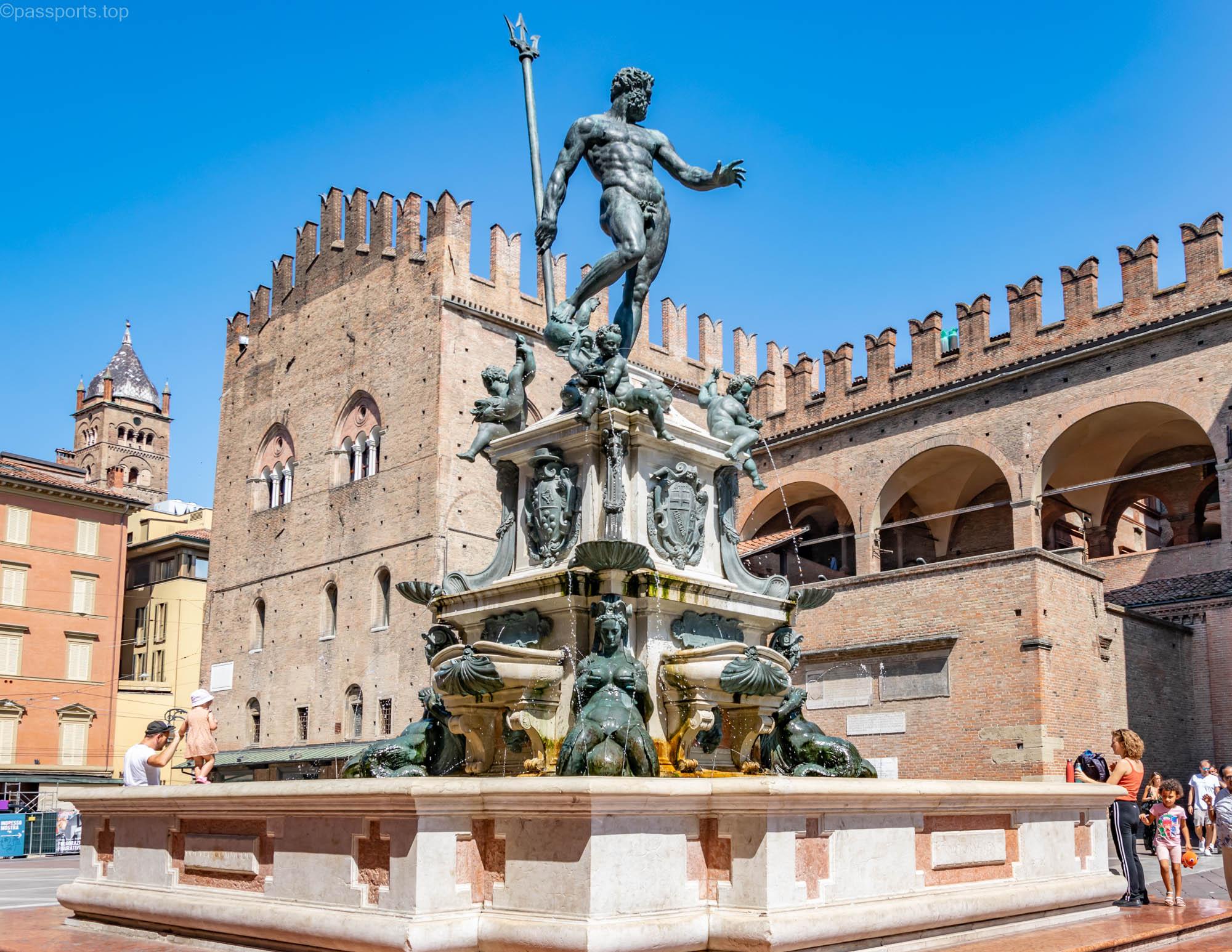
The Fountain of Neptune is located in Piazza del Nettuno. It was built of marble and bronze between 1563 and 1566 and is the symbol of papal power: as Neptune rules the waters, so the Pope rules the world. At the base are represented the rivers Nile, Ganges, Danube and Amazon, the main rivers known at that time.

Via dell’Indipendenza is one of Bologna’s main streets and a popular shopping area.
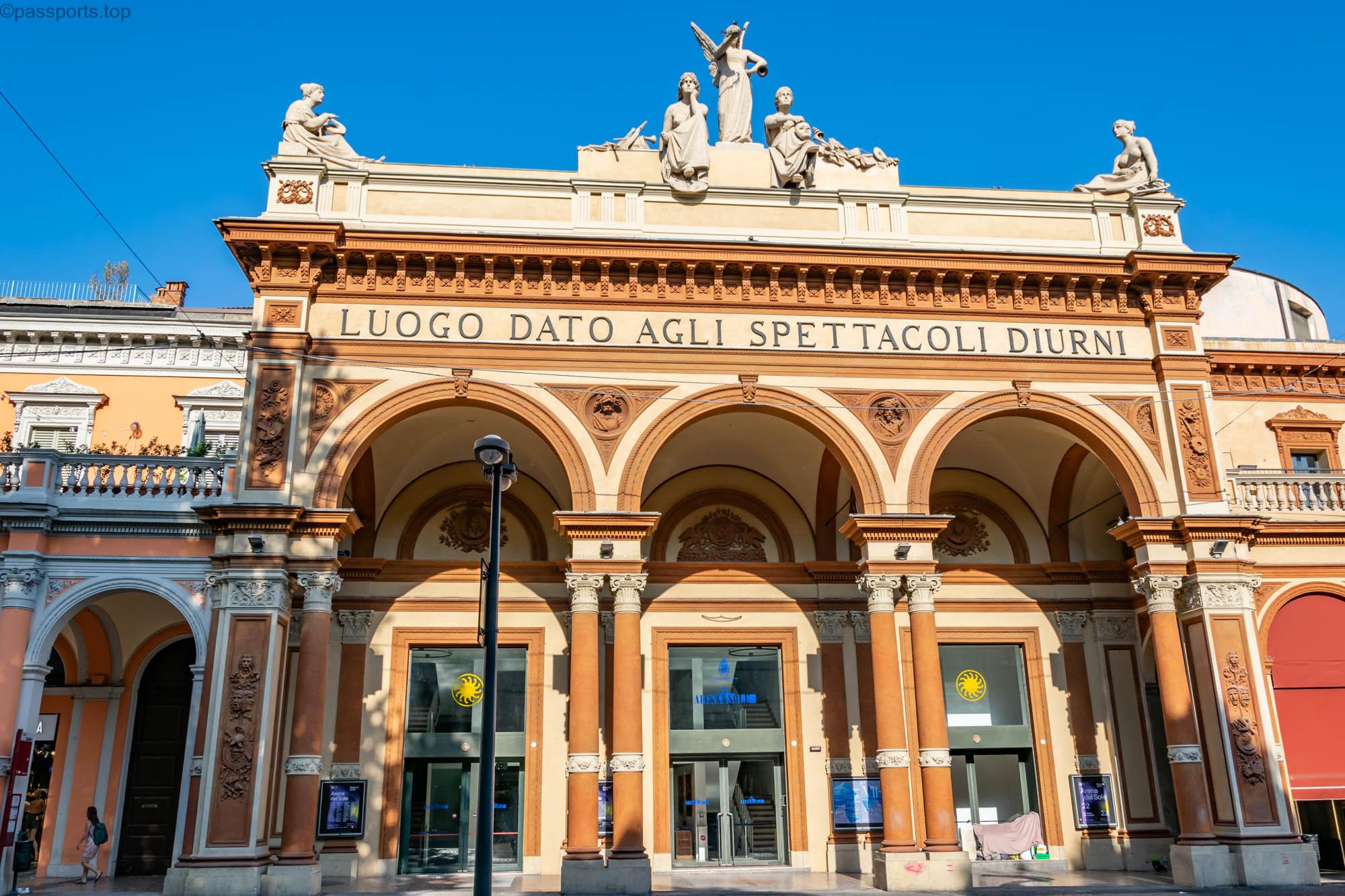
Also on Via dell’Indipendenza is the Teatro Arena del Sole – a theater built in 1810 in neoclassical and baroque style.

Did you think that the famous Leaning Tower of Pisa (57m) is the only leaning tower? Asinelli and Garisenda are twin leaning towers, also known as Le Due Torri, and are a symbol of the city.

They were built in the 12th century and due to the yielding of the ground they started to tilt. You can admire the city from the Asinelli tower – it is 97 meters high and has 498 steps, and the climb costs €5/person.

Built in the 12th century as a bastion against enemy attacks, the Torre dei Prendiparte or Torre Coronata reaches a height of 60 meters, making it the second tallest tower in the city, after the Asinelli. The tower represents one of the oldest testimonies of important buildings that have survived to the present day.
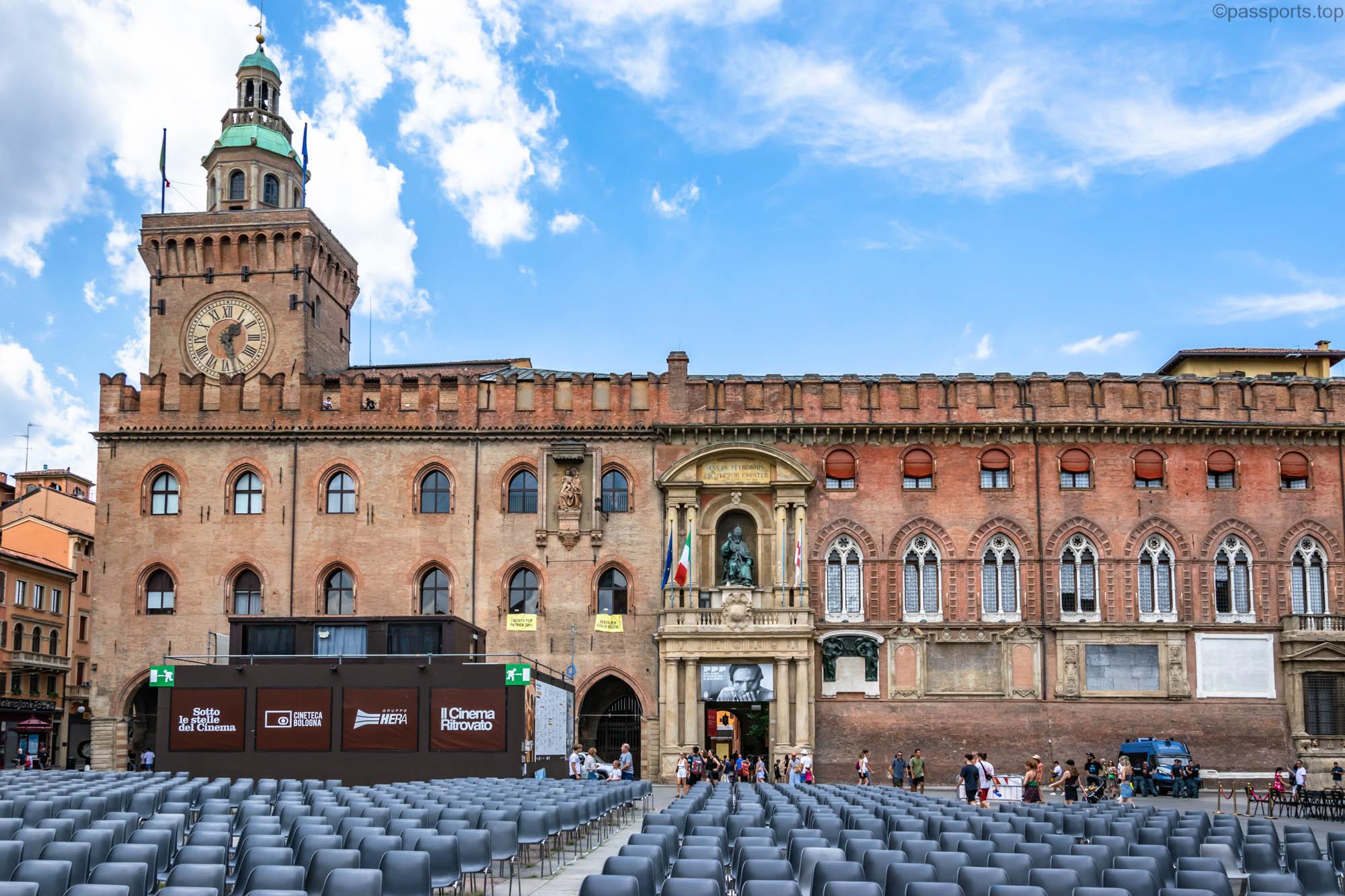
Another place where you can admire Bologna from above is the Torre dell’Orologio. The entrance fee includes access to the historic town halls, which feature a wide range of paintings and exhibits from the Middle Ages, including the ancient clock mechanism on the tower. The price is €8/person.

The Archiginnasio is listed as one of the most important buildings in Bologna.

In the past it was the main building of the University of Bologna, and now it houses the famous Anatomical Theater – a hall built in the 17th century, which was used for anatomy lessons. In the center of the room is a marble table (a copy of the original), and all around are benches.

This was where students would learn about human anatomy and watch dissections and other demonstrations. You can visit the hall by paying a fee of €6/person.

Bologna is famous for its extensive porticoes, listed as a UNESCO World Heritage Site. A portico is a partially enclosed walkway lined with arches and columns.

There are numerous arcades around the city, but the most famous are the Bonaccorsi Arch, the arcades on Via Farini and the footbridge leading to the Sanctuary of the Madonna di San Luca.

The longest portico leads to the top of Monte della Guardia. From a height of about 300 m you can admire Bologna and the surrounding regions. In addition, at the top of the hill is the Sanctuary of the Madonna di San Luca.

As one of the oldest churches in Bologna, construction began in 1194 but was completed in 1765. The interior of the church is also worth visiting, especially to see artworks and frescoes by famous Italian painters and sculptors.

The best view is from the roof of the church known as the San Luca Sky Experience (€5/person) which is reached by climbing a narrow spiral staircase.

If you don’t want to walk to San Luca, you can take the San Luca Express bus.
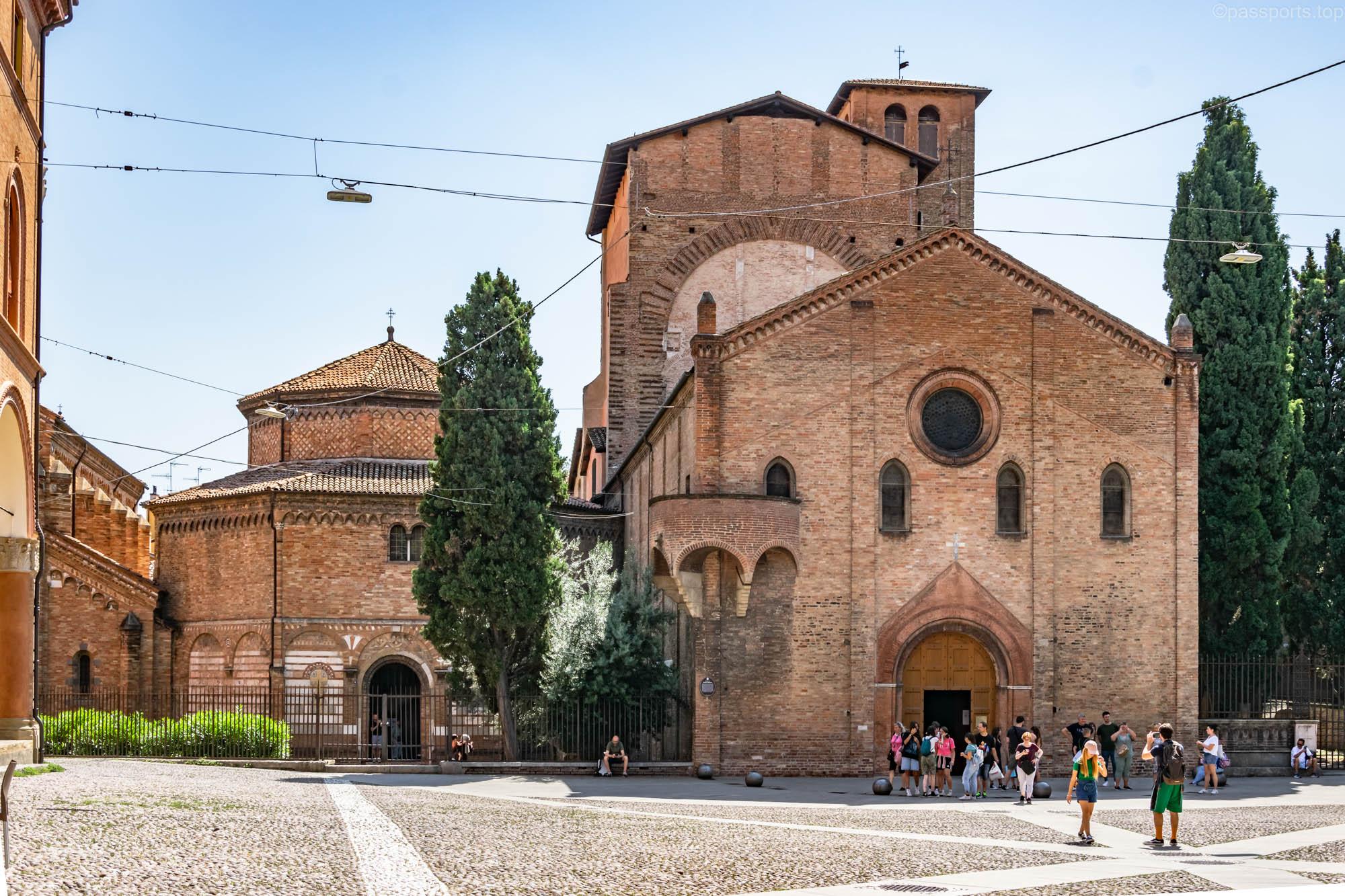
Santo Stefano is a historic religious complex located in Piazza Santo Stefano and consists of several buildings, including the Church of Saint John the Baptist, the Church of the Holy Sepulchre, and the Court of Pilate. Originally, the complex consisted of seven churches (Piazza delle Sette Chiese), but only four remain.

The Quadrilatero is one of the “expressive” areas of the city. It consists of several narrow streets and in the Middle Ages was one of the most famous squares in Bologna. The neighborhood is full of restaurants, terraces and stalls selling local delicacies, giant wheels of Parmesan, prosciutto and heaps of fresh fruit and vegetables.

Via Pescherie Vecchie is one of the prettiest streets with terracotta buildings, lined with ornate lamps and the cramped restaurant tables that line the pavement. In the past, shops here sold fish caught from the canals.
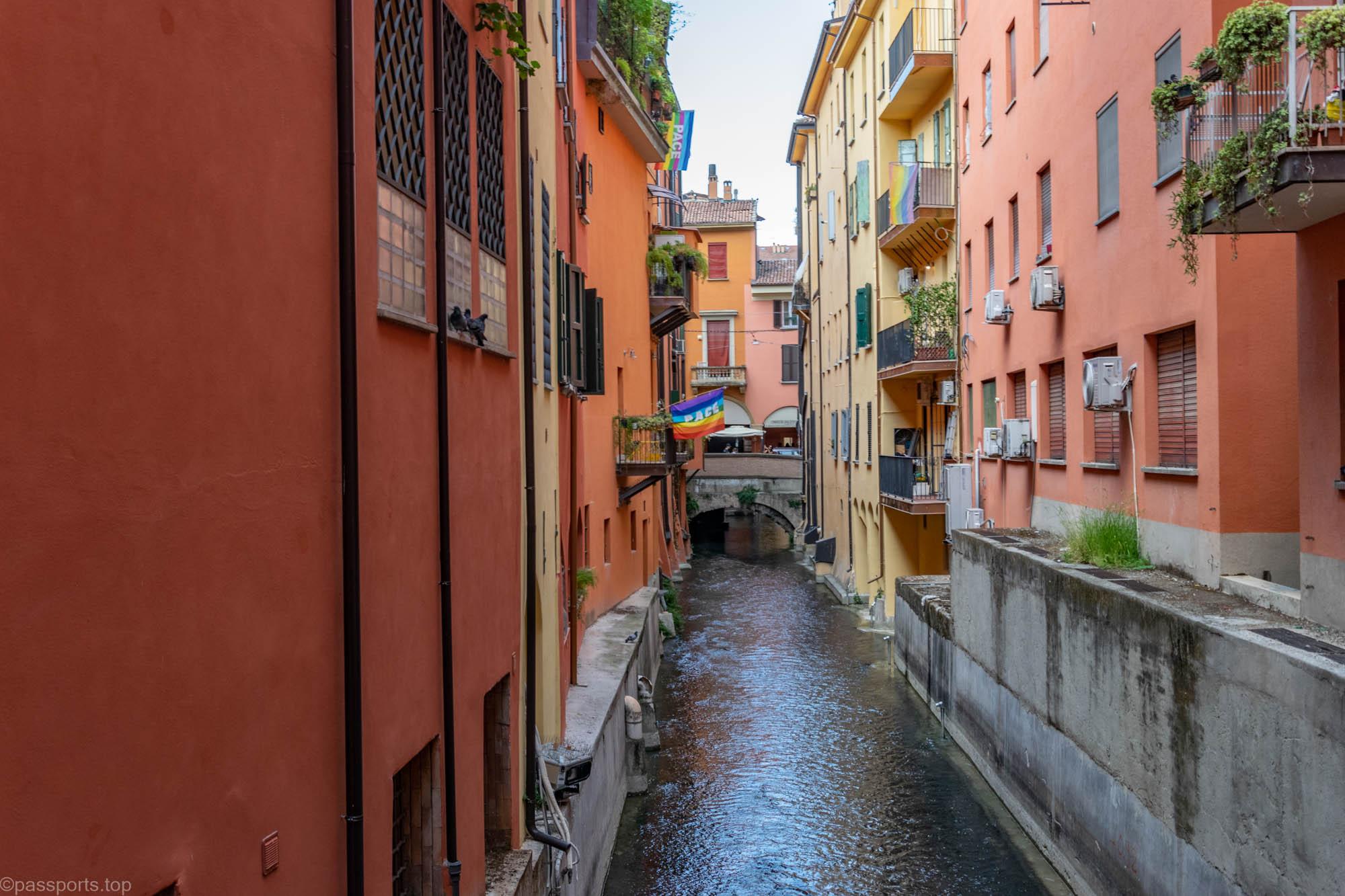
A little known fact is that Bologna has a network of 60 km of canals dating back to the Middle Ages. Most of the canals are hidden by the ever-expanding city, but there are a few locations where you can see them.
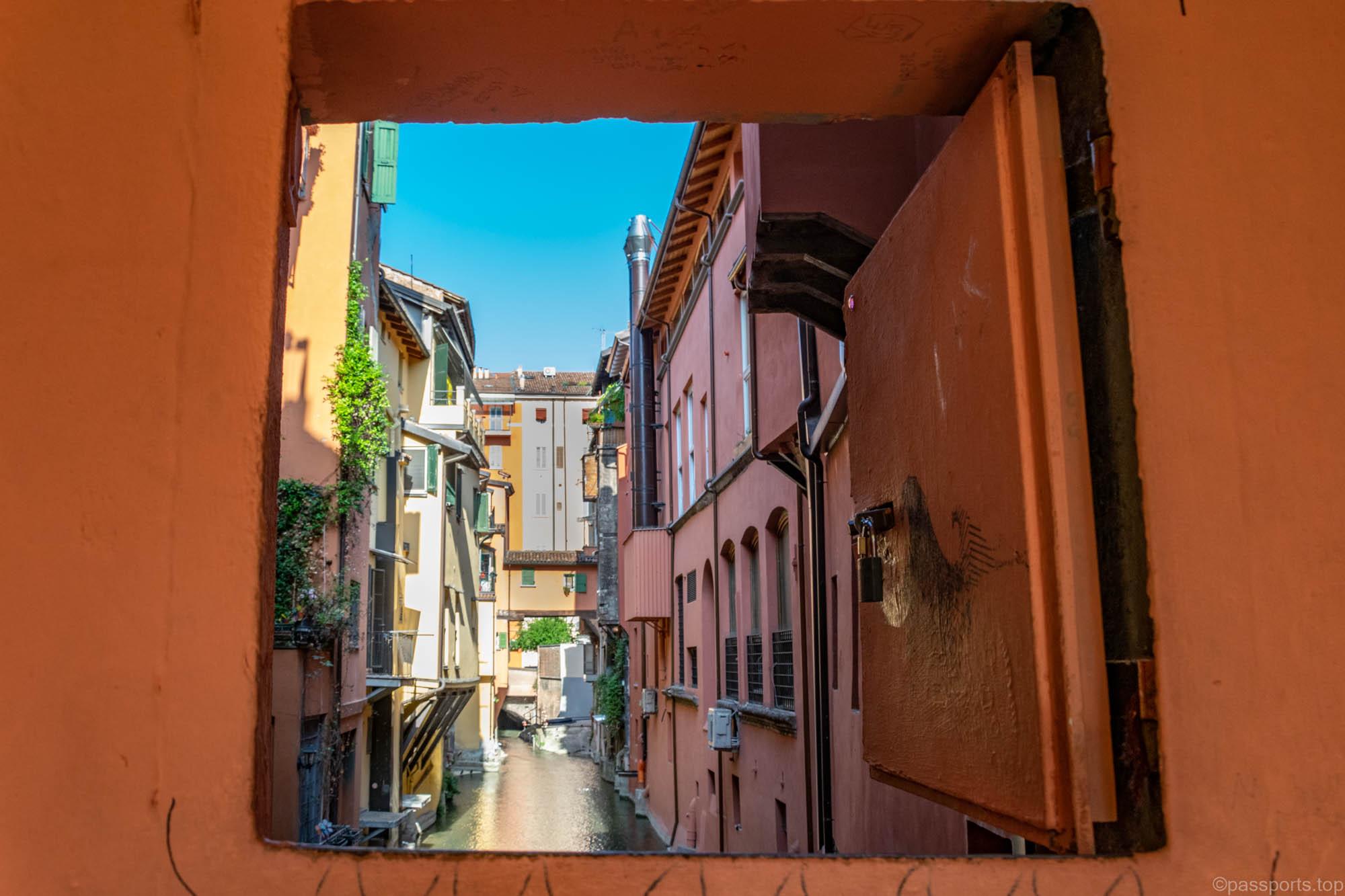
The best areas to admire the colorful canals and photograph them are: Via Piella Window – a charming view of the Reno canal through a “window” Via Capo di Lucca – where the Moline canal runs partly through the buildings and from the bridge in Via Malcontenti (you can find it on Google Maps as Vista sul canale delle Moline).
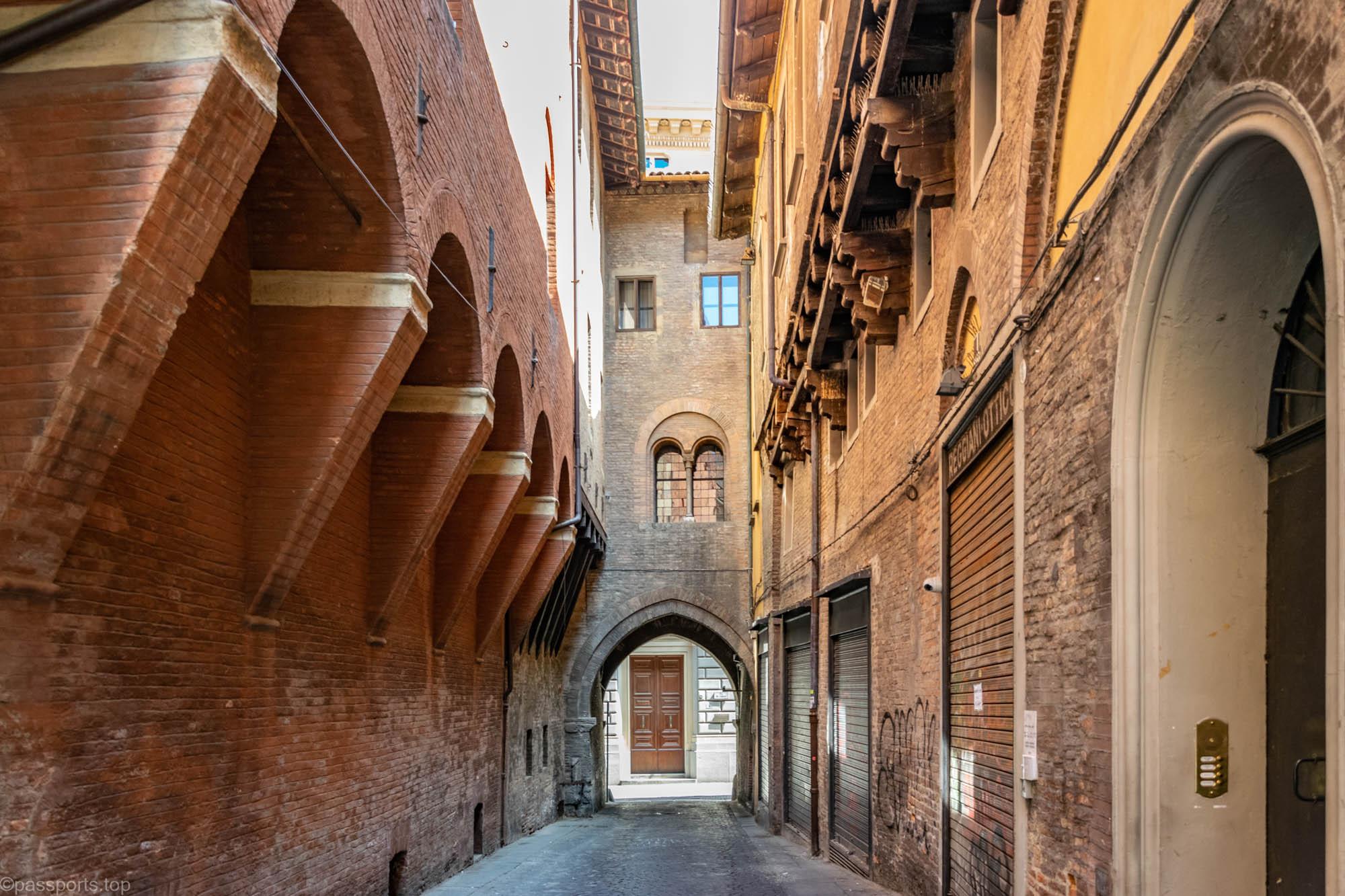
Did you know that Ferrari, Lamborghini, Ducati, Pagani and Maserati are based right near Bologna in the Motor Valley? For car lovers there are guided factory and/or museum tours and you can test drive some of the fastest and most coveted cars. The price of a guided tour starts from €250/person.

After two days of visiting Bologna, we headed to the beautiful Tuscany and stopped in the capital of the region, Florence.
(Bologna – August 2022)

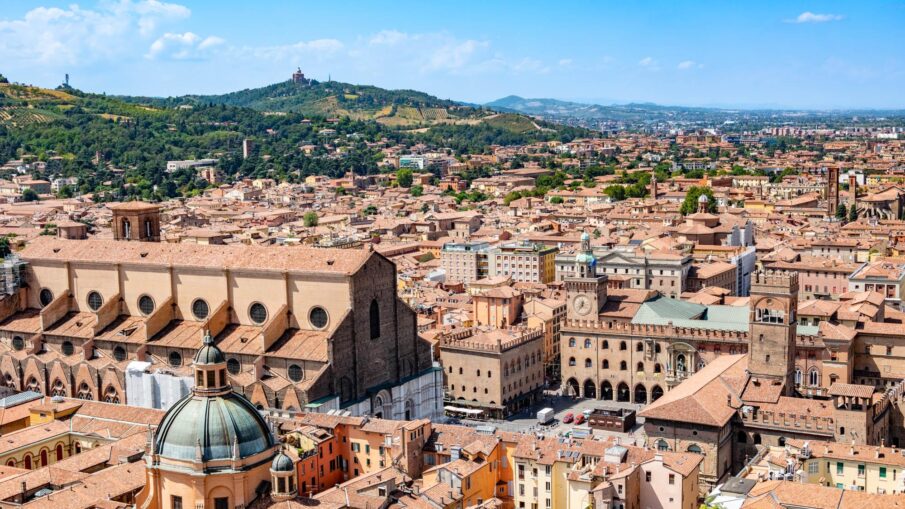

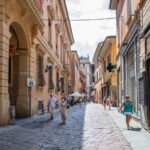

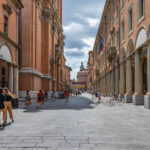

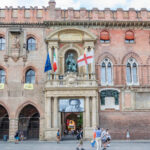
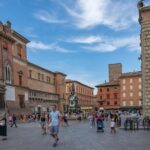

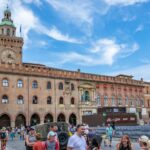


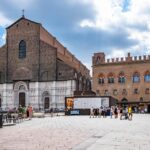









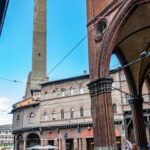











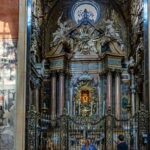



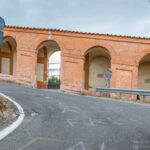
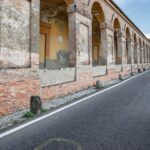















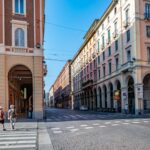


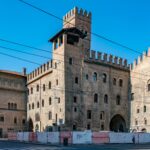



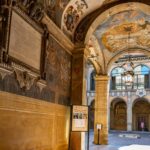



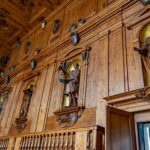





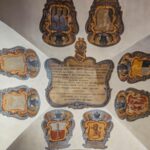







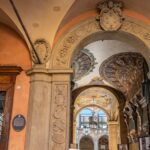




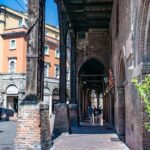

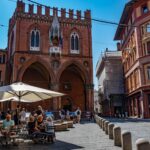
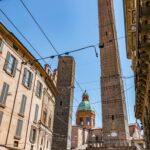











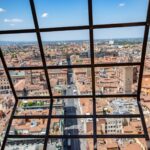






Leave a Reply